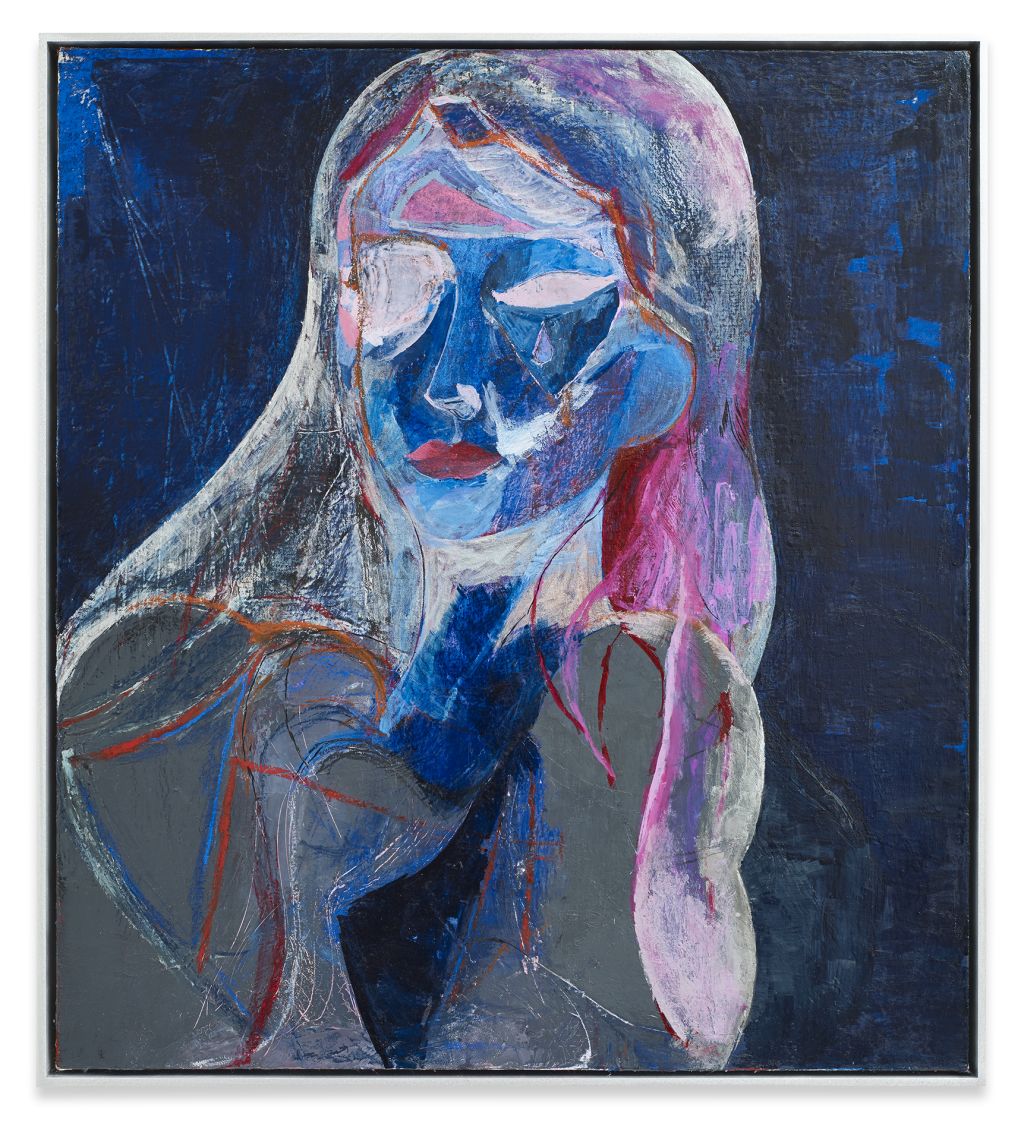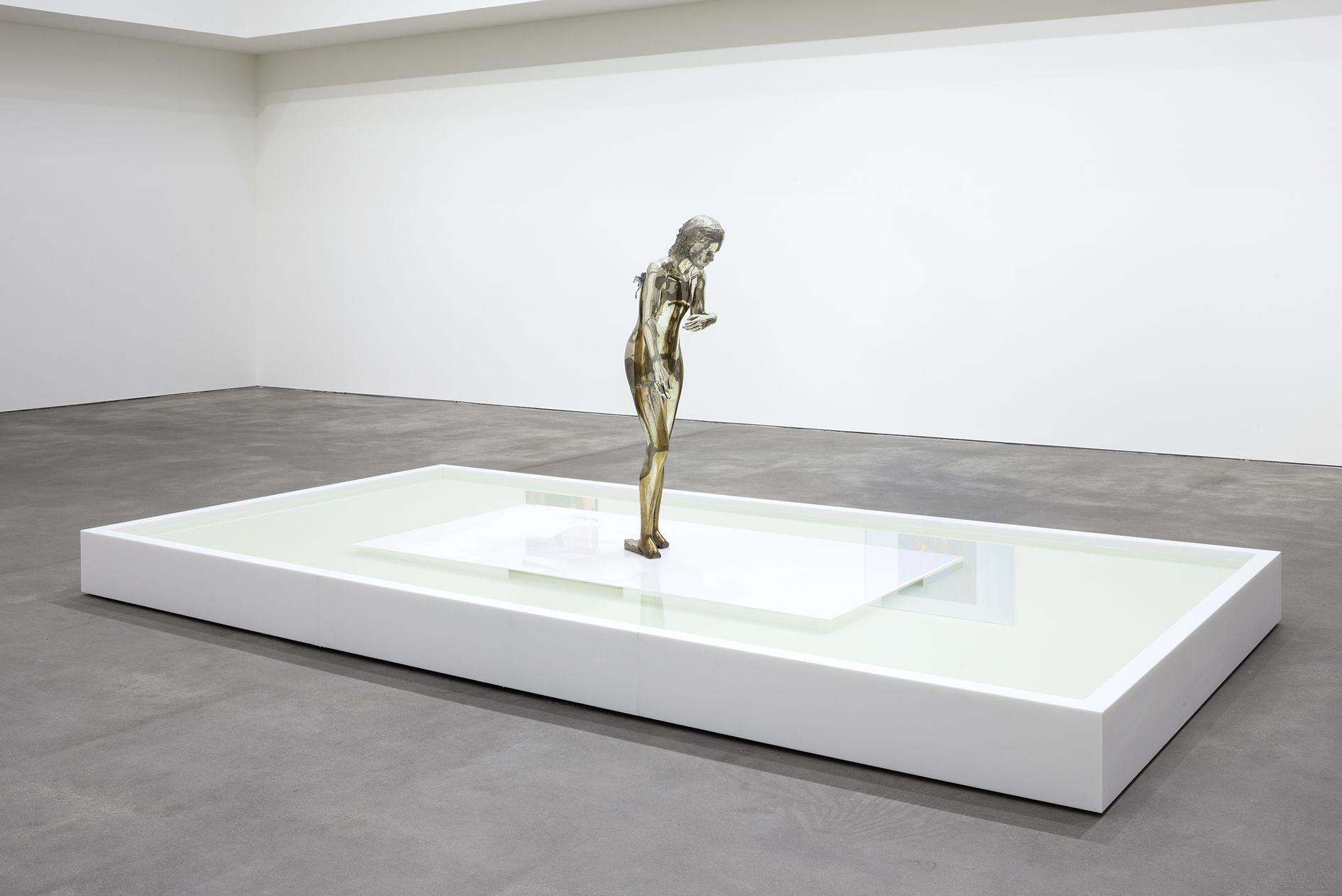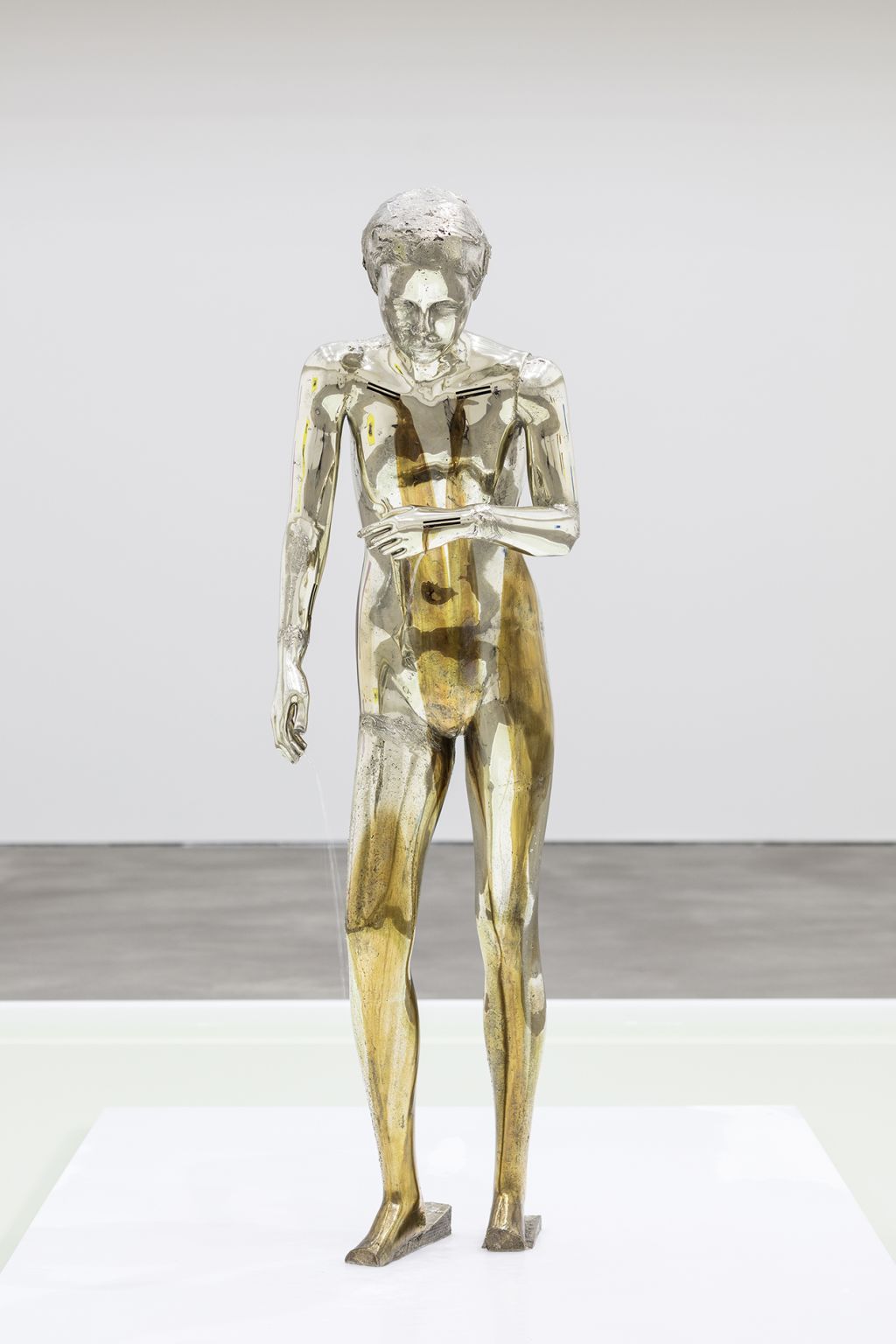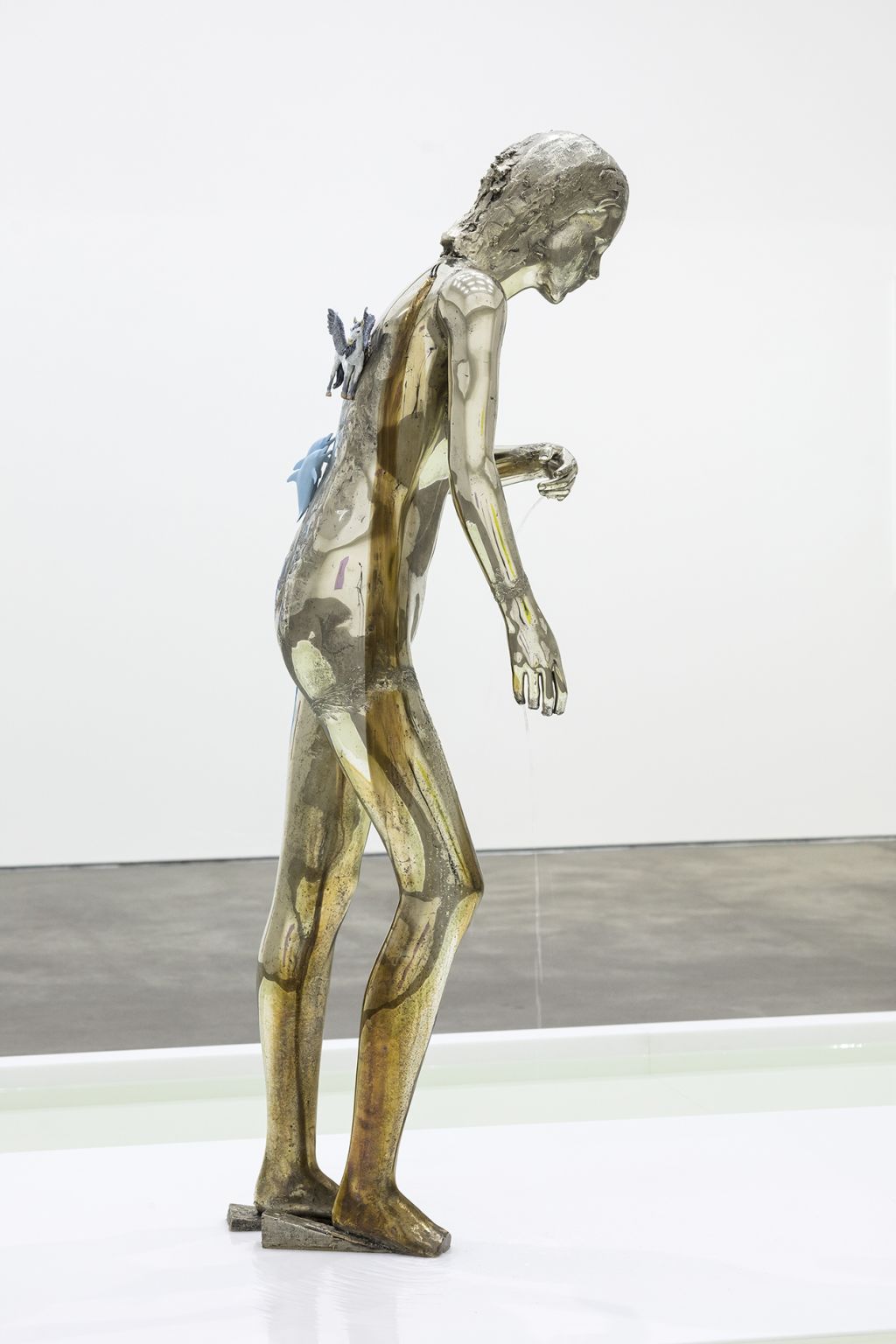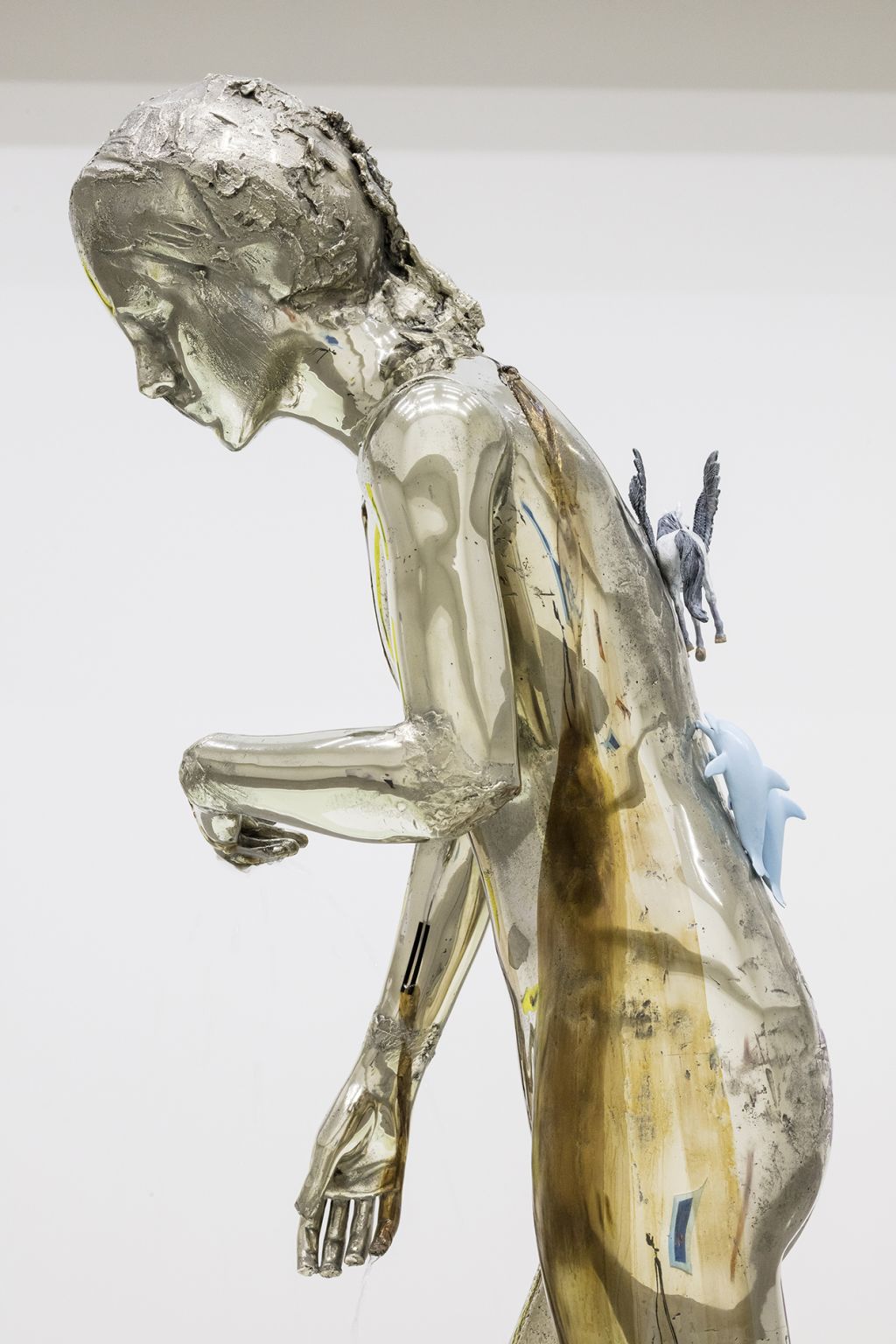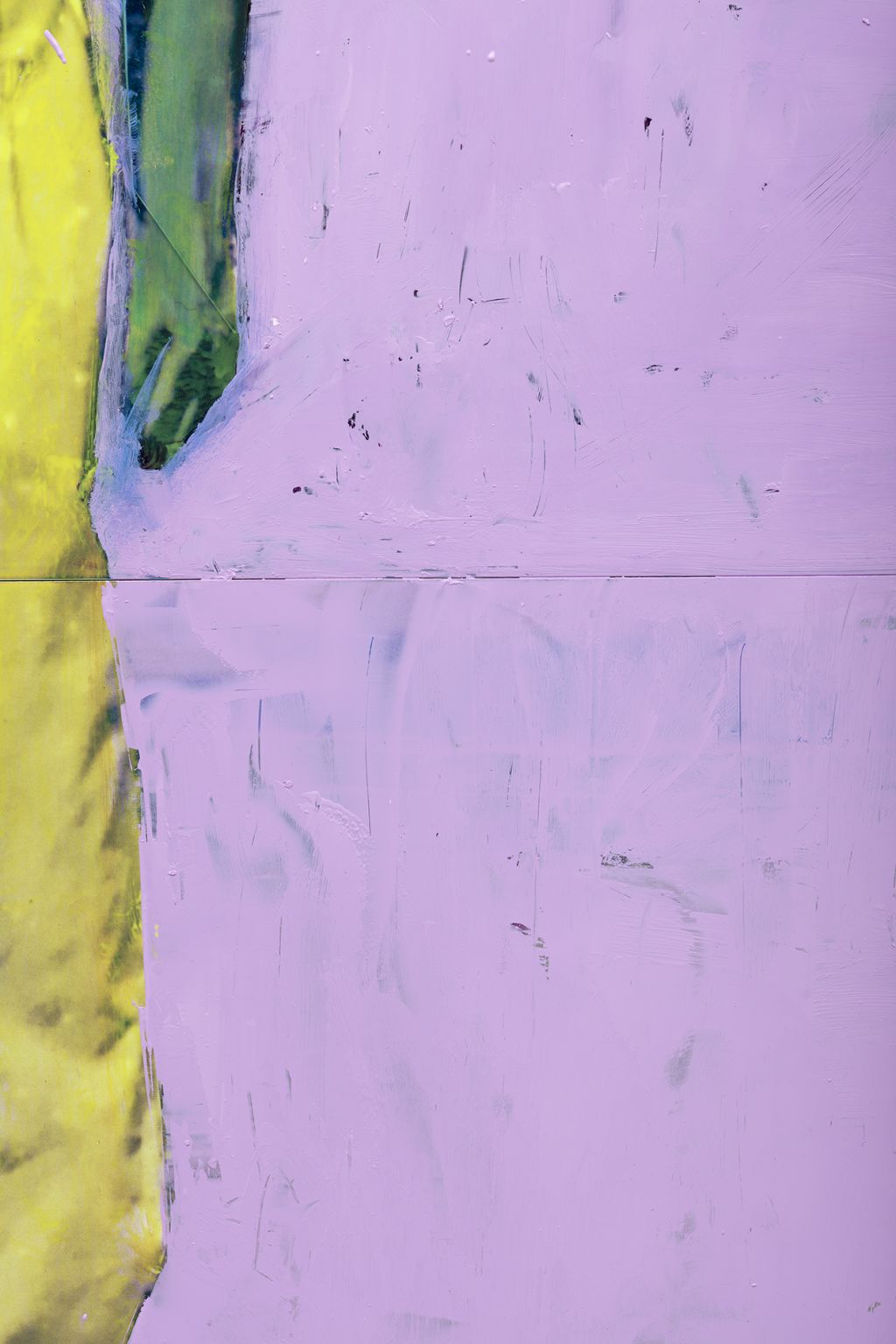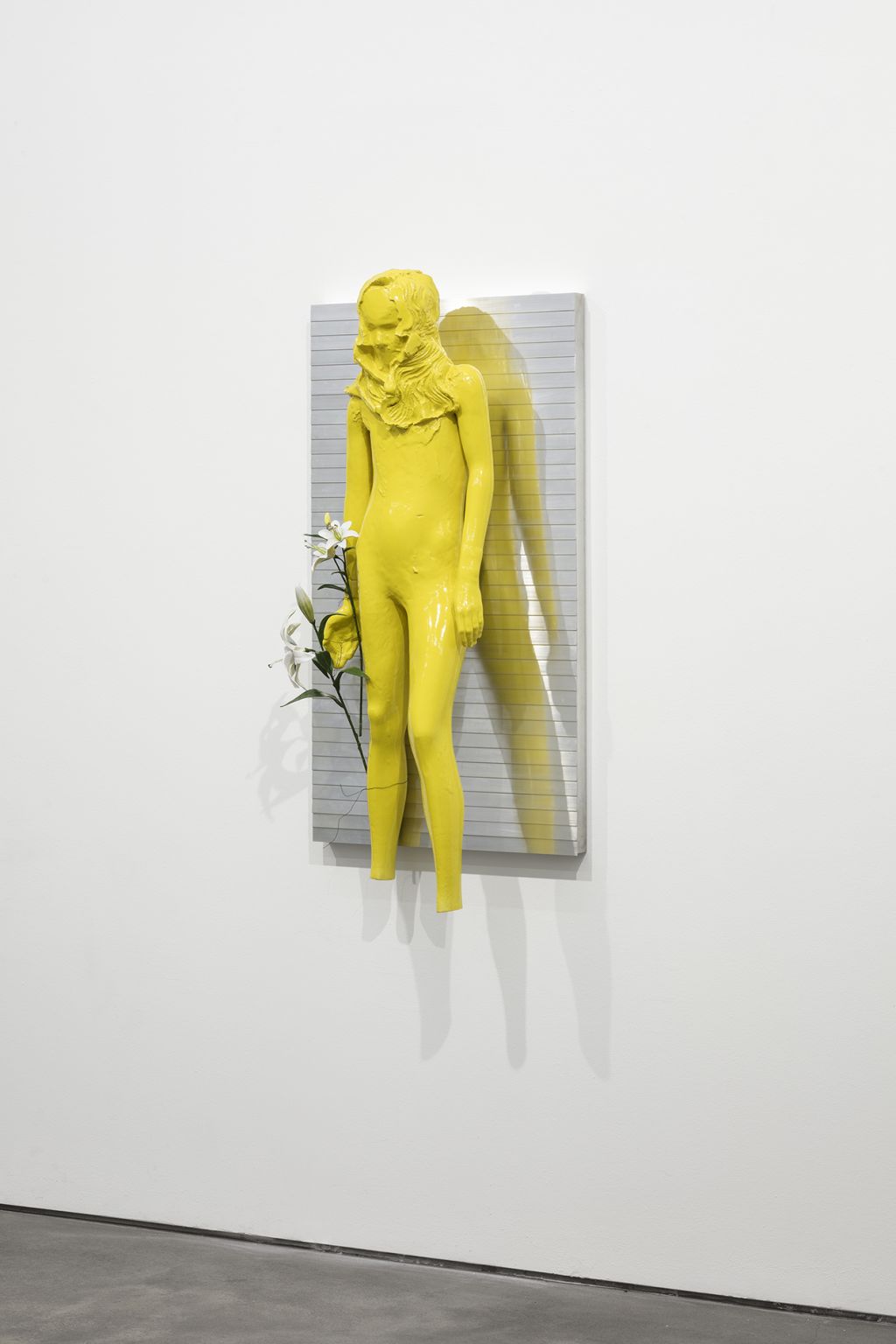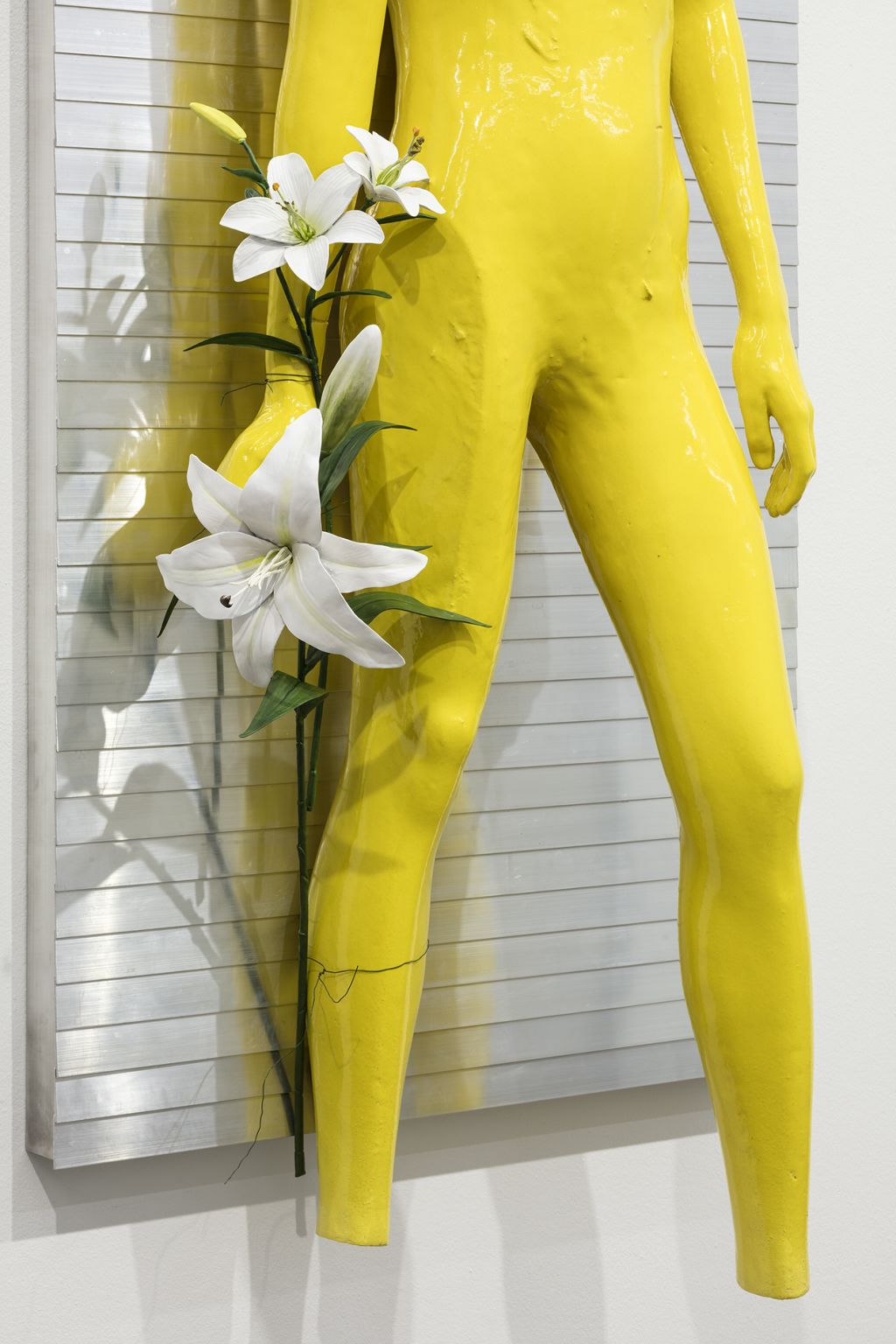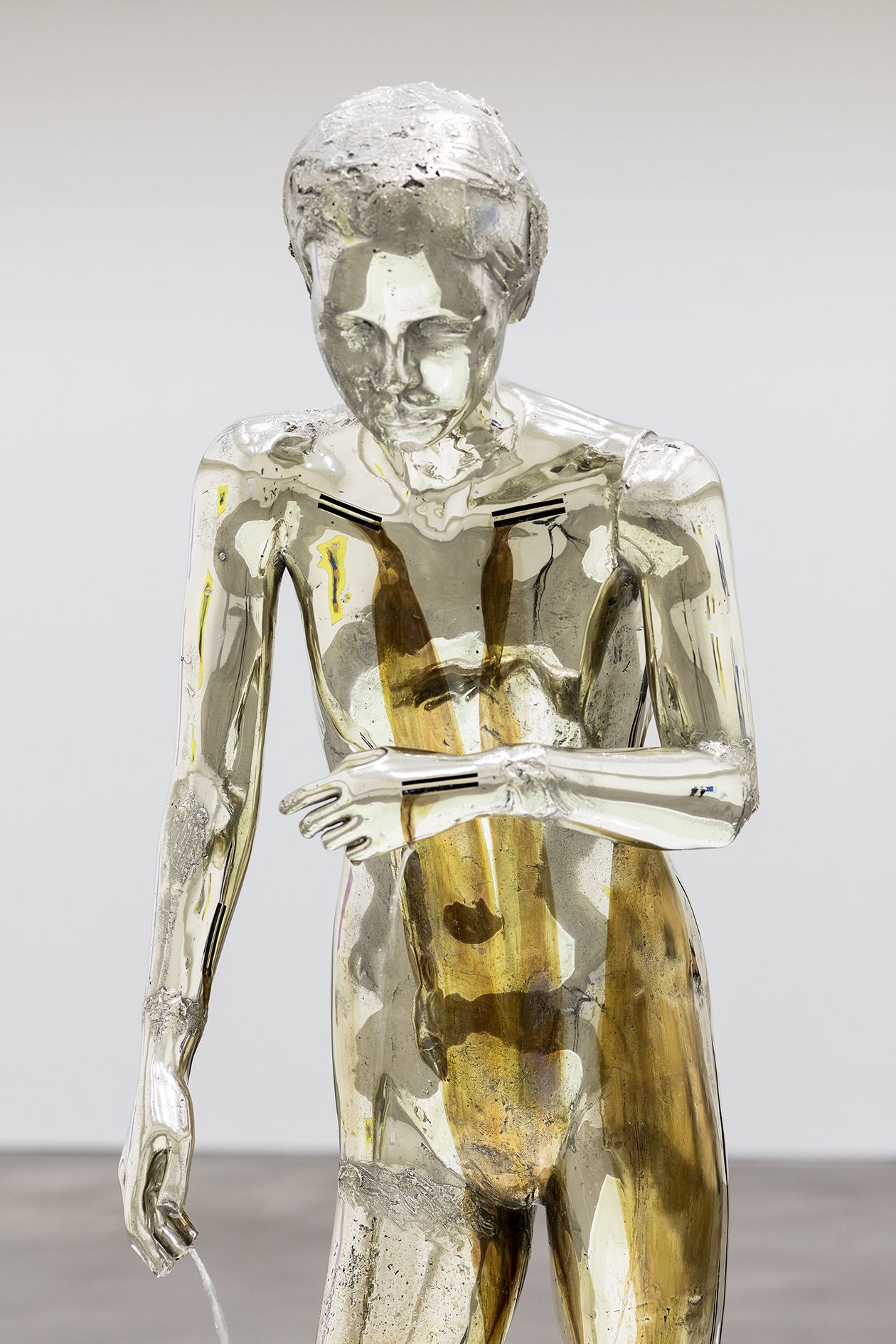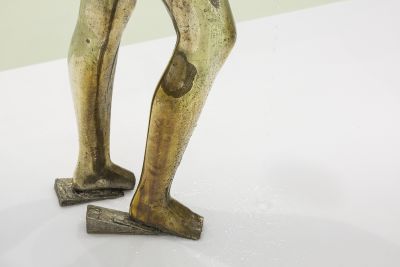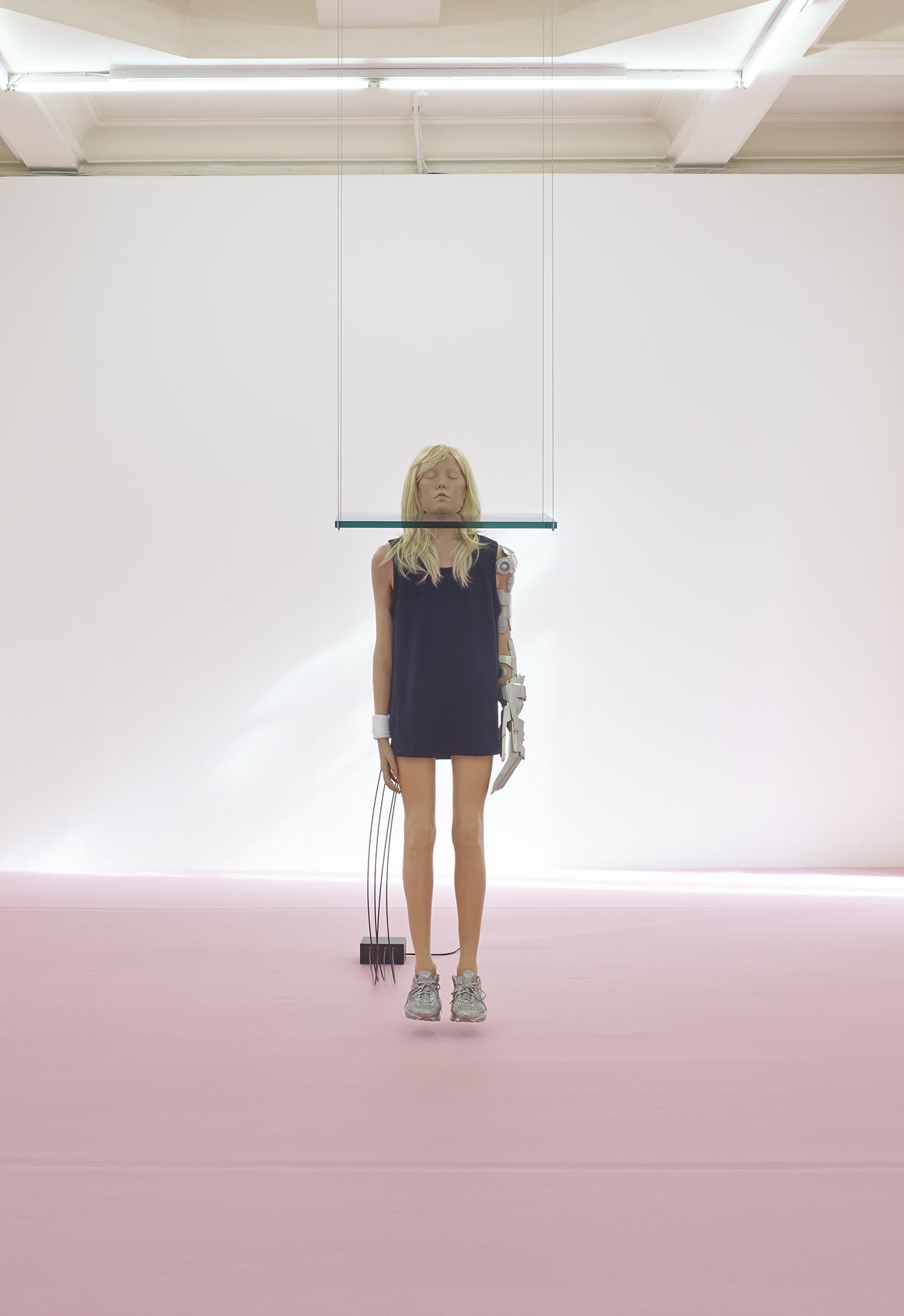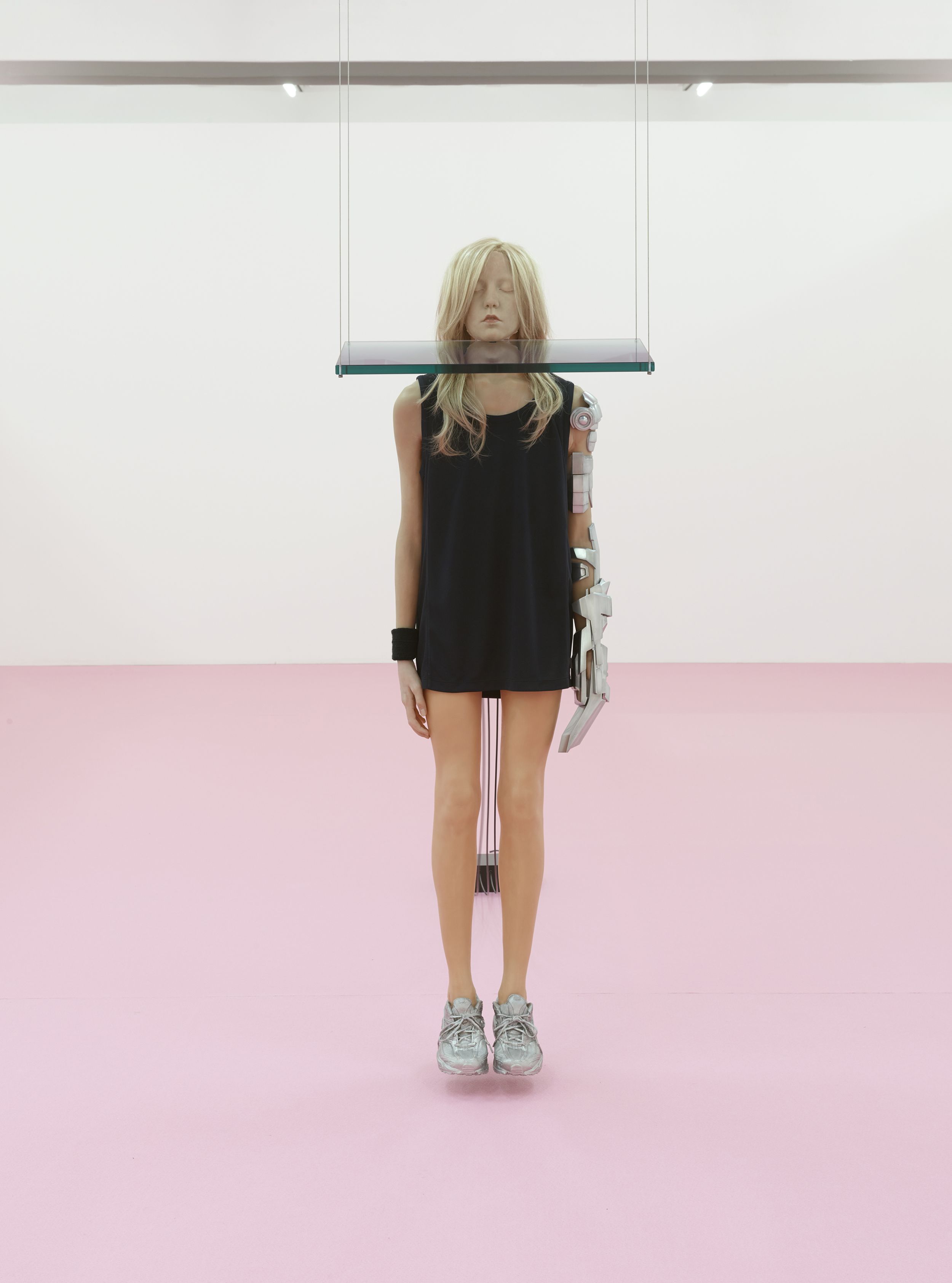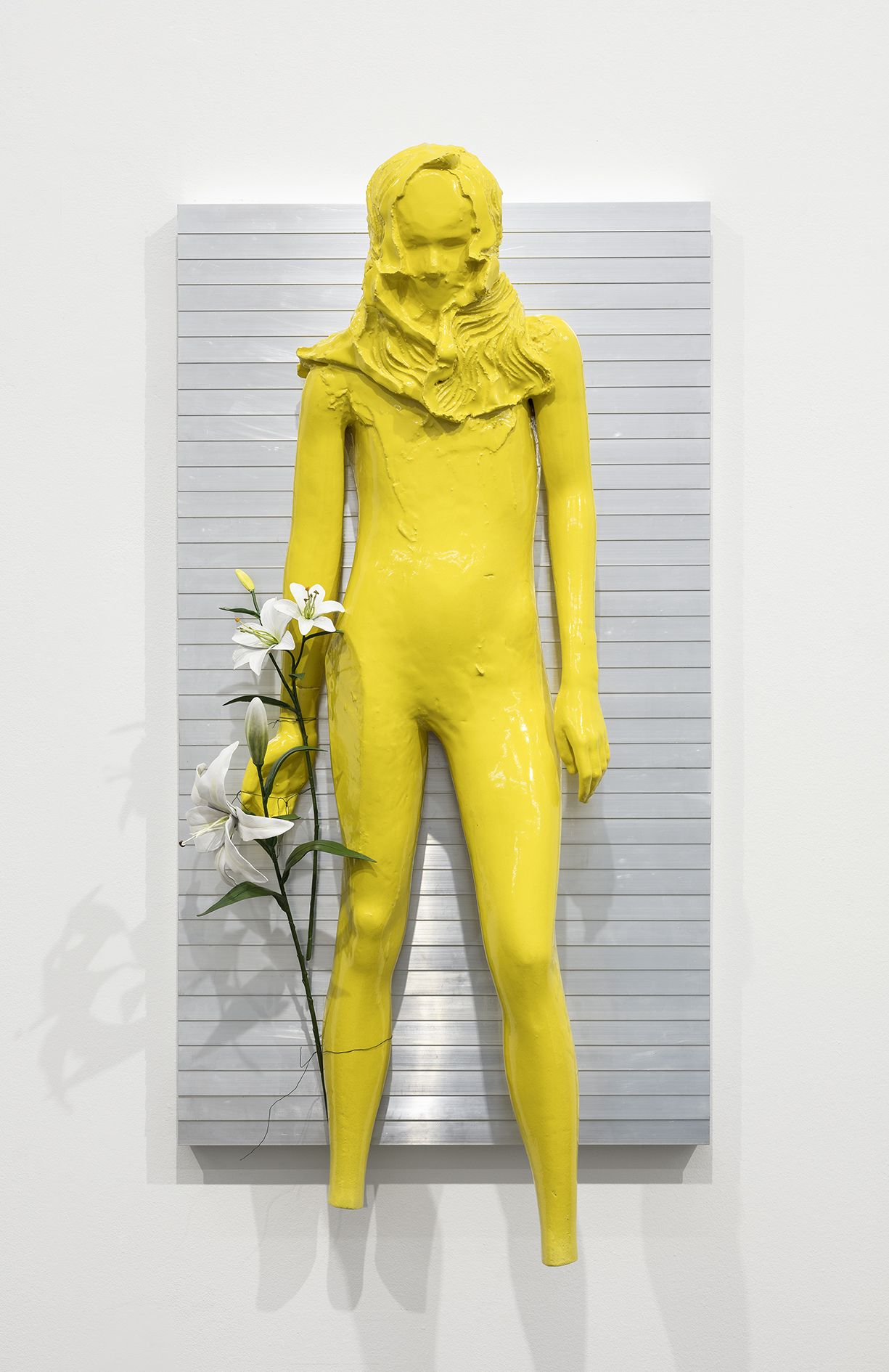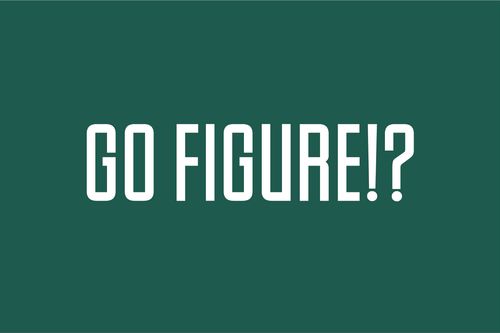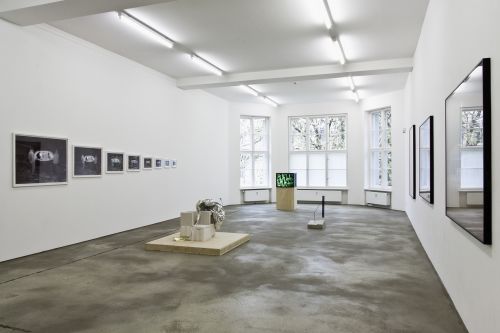Andro Wekua (*1977) works in a range of media, including collage, painting, sculpture, installation and film. The Georgian-born, Berlin-based artist has built a personal cosmos in which he stages fragmented memories, personal and political, through assemblage-like visual strategies. The artist illuminates the dark, interstitial spaces of emotion with subtle symbolism and intuitive elegance, highlighting the ambiguities of history.

© Thea Djordjadze/VG Bild-Kunst, Bonn 2023. Photo: Timo Ohler
Home Is Where You’re Happy
Group Exhibition
Haus Mödrath – Räume für Kunst, Kerpen
Through August 25, 2024
Haus Mödrath has a long and eventful history, functioning first as a stately home, then successively as a maternity home, a children's and a refugee shelter, a Nazi training center, and the home of a family with 15 children. Today, it belongs to an art collector who has opened up the space to exhibitions but wishes to remain otherwise anonymous. But what if the house itself cannot help but revive its resident ghosts? What if any art displayed inside cannot help but appear like an accumulation of strange furniture, paintings, and objects that reveals something about what happened here – encircling the landlord in his or her absence?
The work of the participating artists all directly or indirectly addresses the themes of home, domesticity, and family life, with all its happy (and tricky) implications. And the exhibition’s title, Home Is Where You're Happy, is borrowed from a song written by Charles Manson, whose childhood home was anything but happy, and who eventually founded his own murderous "Family."







